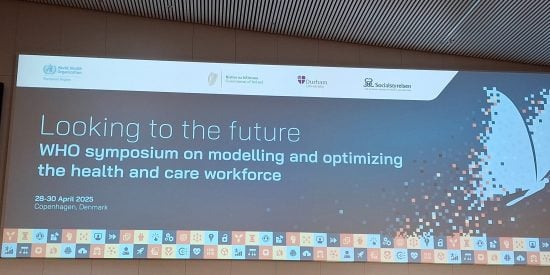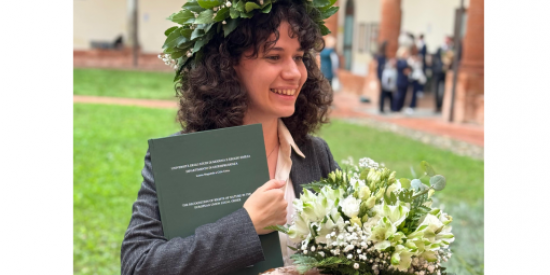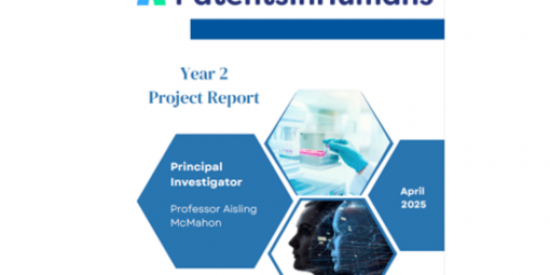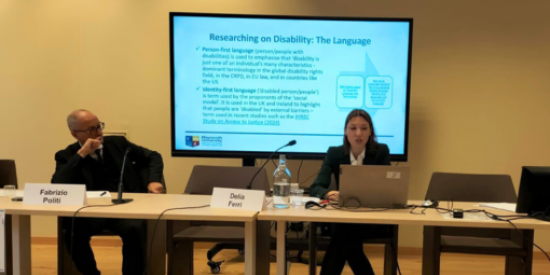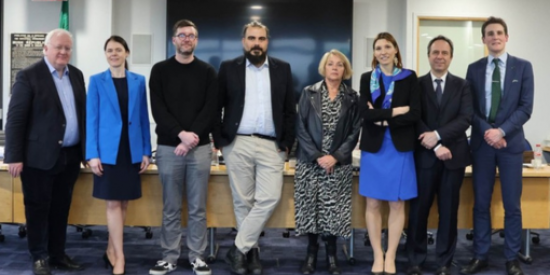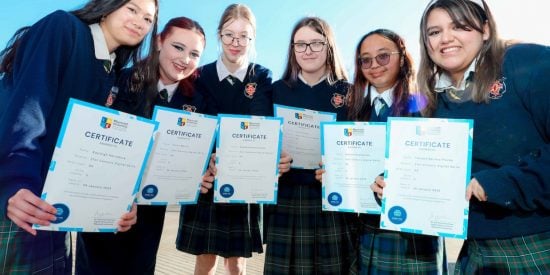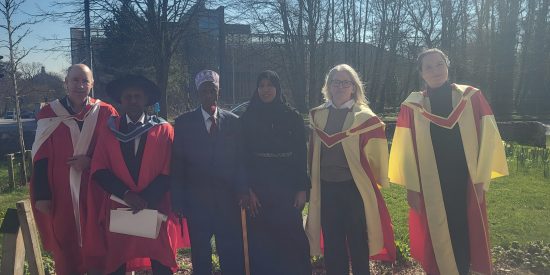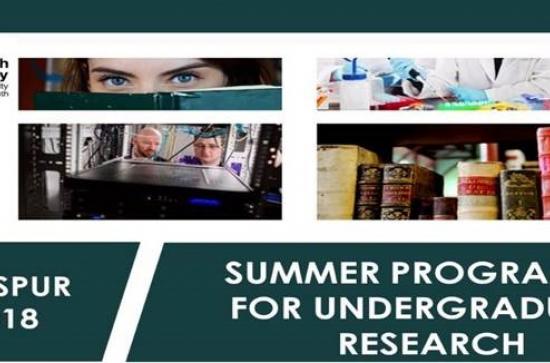
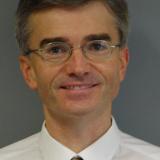
“3-Dimensional Hearing Aid with Omni Directional Microphone Array”
Students interested in applying for this paid research project should visit the SPUR Module on Moodle. Three information sessions will be provided over the next three weeks to students who are interested in the programme and wish to maximise their application.”
More About the Project
Directional microphones in hearing aids are designed to have a forward-facing beam which means that the person wearing the hearing aid must face what they want to listen to. The problem with such a design is that sounds emanating from outside of the forward-facing beam are effectively attenuated making them even less audible to the already hearing impaired listener [Picou 2014]. This SPUR project will involve a set of simple non-real-time experiments with an array of three omni-directional microphones and two movable sound sources.
Precision sampling and cross-correlation of the three microphone signals will be carried out to investigate the localisation of the sound sources. Simple statistical analysis of the microphone signals will also be used to distinguish between speech and noise sources. For example, it is well known that speech signals have strong pitch and formant frequency components [Stein 2000] whereas noise has a far more random statistical spectral characteristic.
Note that for a real hearing aid implementation, the three microphones (see Figure 1) are actually quite close together as all three need to be housed inside the hearing aid. When two hearing aids are designed to work together, the sound localisation possibilities are significantly enhanced. By routing all six microphone signals to a central processor, such enhanced localisation possibilities will be further investigated.

